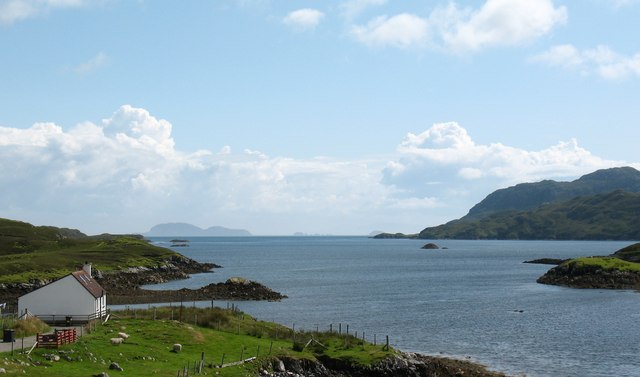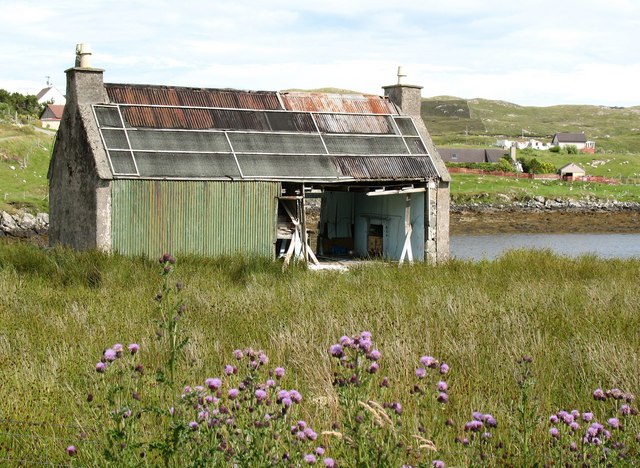Carn na Bèiste
Coastal Feature, Headland, Point in Ross-shire
Scotland
Carn na Bèiste

Carn na Bèiste is a prominent coastal feature located in Ross-shire, Scotland. Situated on the western coast of the Scottish Highlands, this headland or point offers stunning panoramic views of the surrounding landscape and the vast waters of the North Atlantic Ocean.
Rising to an elevation of approximately 246 meters (807 feet), Carn na Bèiste is characterized by its rugged and rocky terrain, making it a popular spot for outdoor enthusiasts and hikers. The headland is formed by ancient volcanic rocks, which have been shaped by the forces of erosion over millions of years. This geological history is evident in the dramatic cliffs and craggy outcrops that define the area.
The headland is also known for its diverse wildlife, with various seabirds nesting along the cliffs, including guillemots, razorbills, and even the occasional puffin. The surrounding ocean is home to a variety of marine life, and visitors may be lucky enough to spot seals or dolphins swimming in the waters below.
Access to Carn na Bèiste is relatively easy, with a well-maintained footpath leading to the summit. The climb offers breathtaking views of the coastline, nearby islands, and the distant mountain ranges of the Scottish Highlands. It is advisable to check the weather conditions before embarking on the hike, as the exposed nature of the headland can make it challenging in inclement weather.
Carn na Bèiste is a truly remarkable coastal feature that showcases the natural beauty and geological diversity of the Scottish Highlands. Its combination of stunning landscapes, rich wildlife, and captivating history makes it a must-visit destination for nature enthusiasts and adventurers alike.
If you have any feedback on the listing, please let us know in the comments section below.
Carn na Bèiste Images
Images are sourced within 2km of 58.010088/-6.4815612 or Grid Reference NB3511. Thanks to Geograph Open Source API. All images are credited.
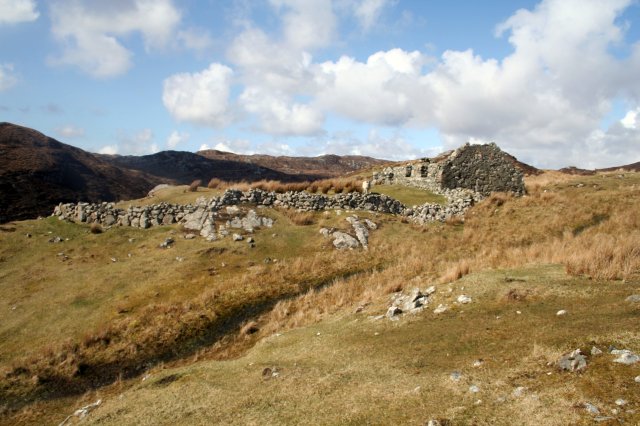
Carn na Bèiste is located at Grid Ref: NB3511 (Lat: 58.010088, Lng: -6.4815612)
Unitary Authority: Na h-Eileanan an Iar
Police Authority: Highlands and Islands
What 3 Words
///lance.arise.bidder. Near Leurbost, Na h-Eileanan Siar
Nearby Locations
Related Wikis
Stiomrabhaig
Stiomrabhaig is an abandoned crofter's village on the Isle of Lewis in the Outer Hebrides. == History == The United Kingdom Census 1851 shows that the...
Orinsay
Orinsay (Scottish Gaelic: Orasaigh) is a crofting village on the Isle of Lewis in the district of Pairc, in the Outer Hebrides, Scotland. The settlement...
Eilean Liubhaird
Eilean Liubhaird or Eilean Iubhard is an island in the Outer Hebrides, to the east of Lewis. == Geography and geology == The rock is "gneiss bedrock with...
Gravir
Gravir (Scottish Gaelic: Grabhair), is a village on the shore of Loch Odhairn (a sea loch) in the Park district of the Isle of Lewis. Gravir is within...
Nearby Amenities
Located within 500m of 58.010088,-6.4815612Have you been to Carn na Bèiste?
Leave your review of Carn na Bèiste below (or comments, questions and feedback).
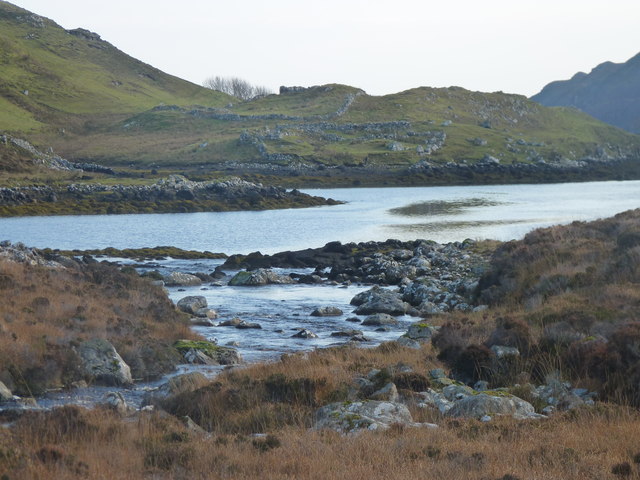
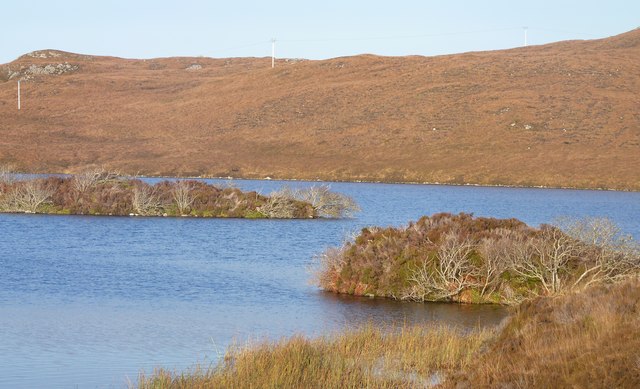
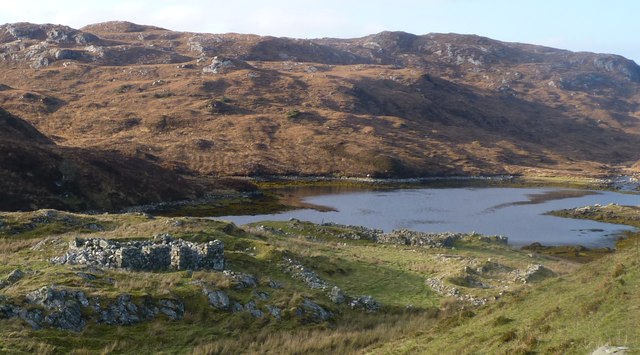
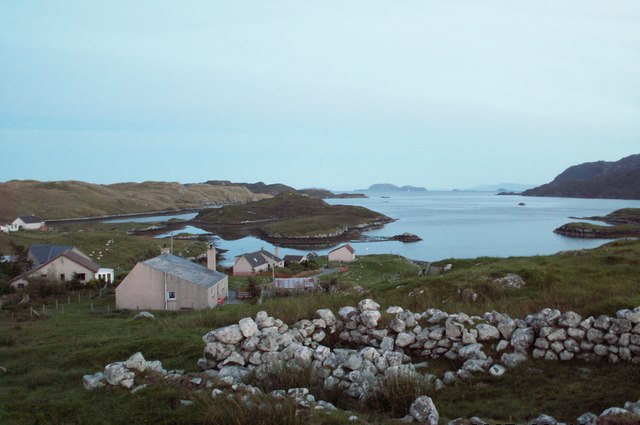
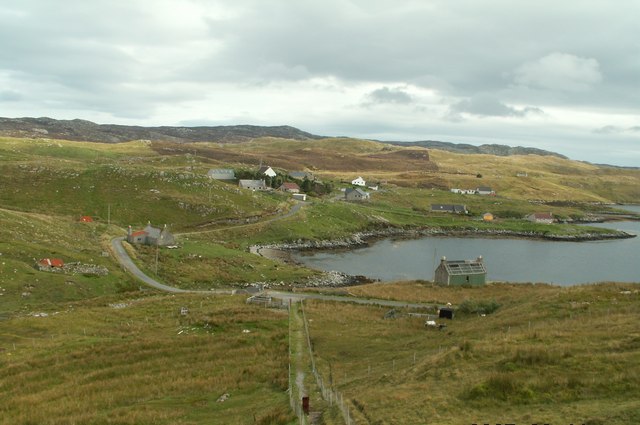
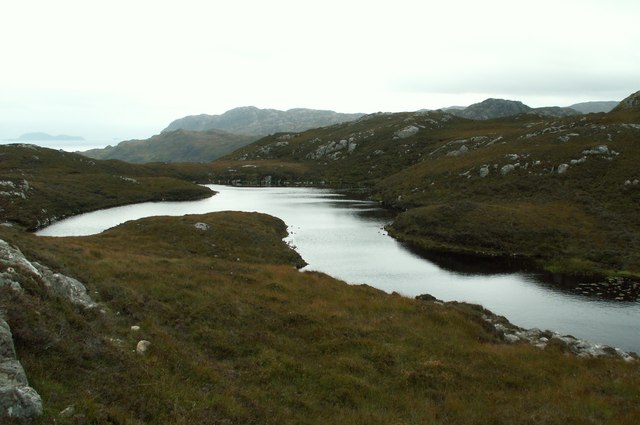
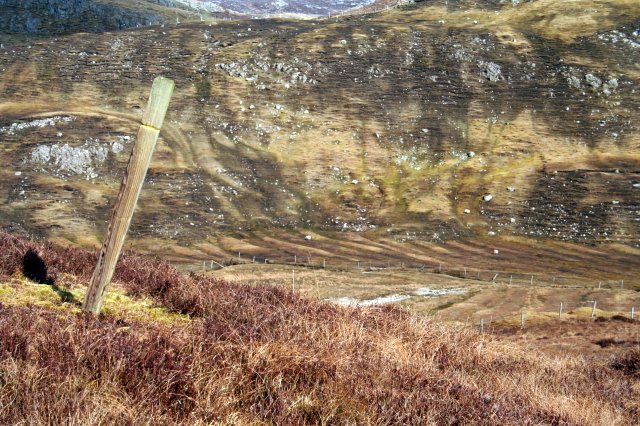
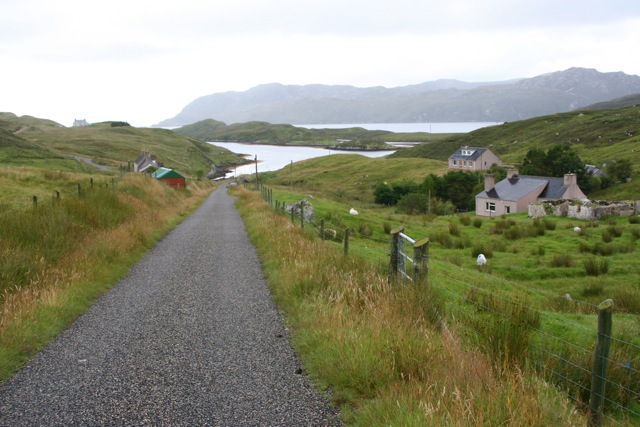
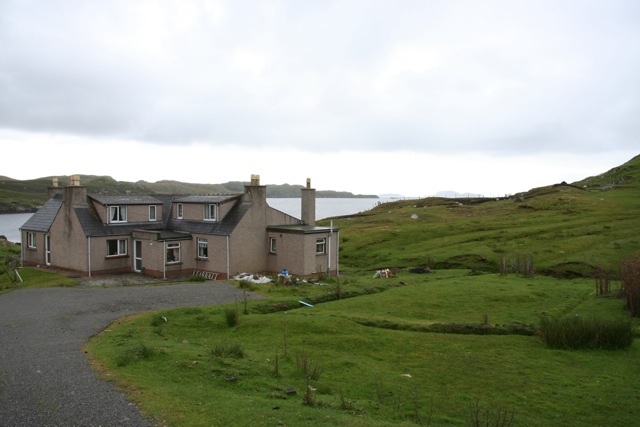
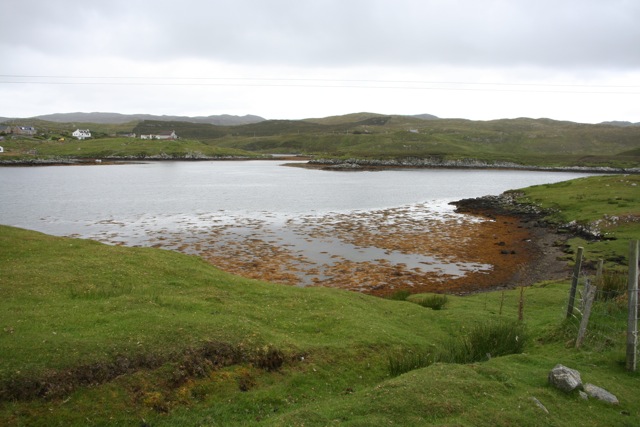
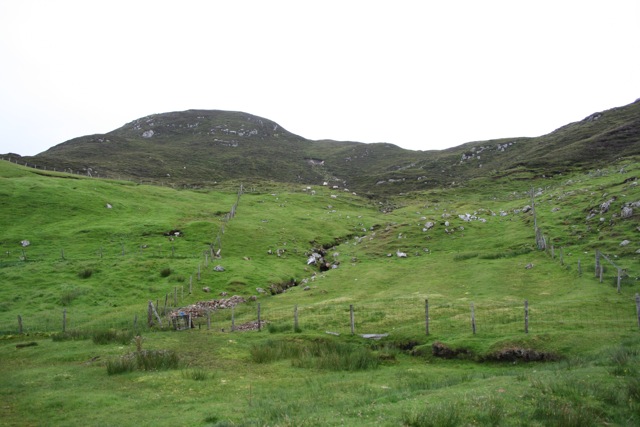
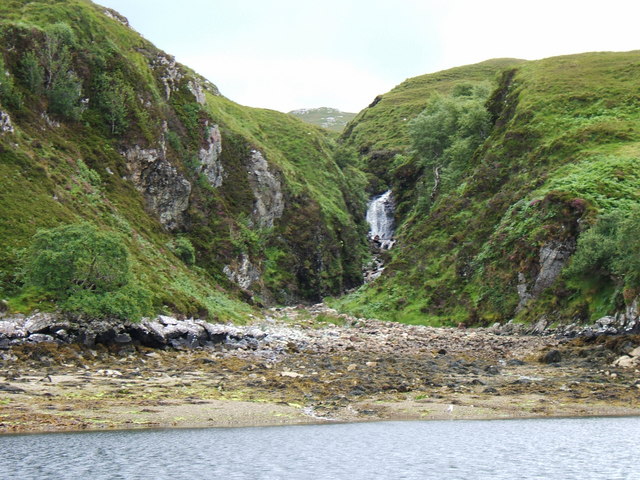
![Coastal view, Orasaigh One would assume that the name 'Orasaigh' refers to the small island [centre left], as well as the community. The island is accessible at low tide, like several Oronsay and Orasay islands around the west coast.](https://s1.geograph.org.uk/geophotos/01/47/41/1474105_b387cda5.jpg)
